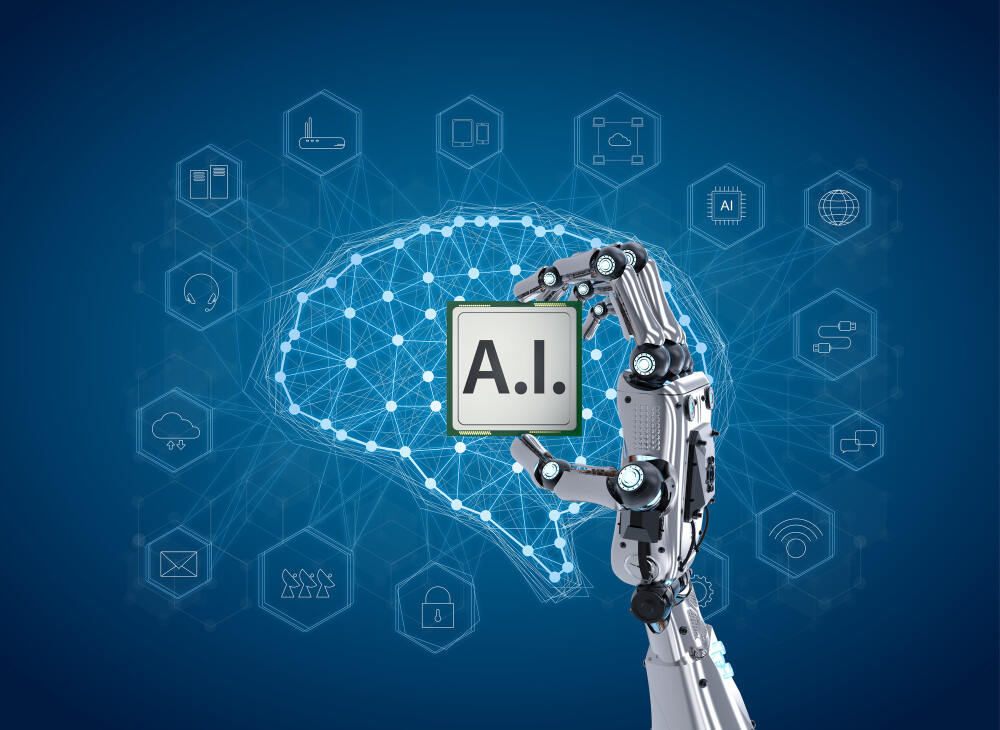What is Artificial Intelligence?
Artificial Intelligence refers to the development of computer systems that can perform tasks that typically require human intelligence. These tasks include problem-solving, learning, reasoning, perception, language understanding, and creativity. AI systems are designed to replicate human thought processes or to develop their unique problem-solving strategies.
AI can be broadly categorized into two types:
- Narrow AI (also known as Weak AI): These AI systems are designed to perform specific tasks without possessing true intelligence or consciousness. Examples include virtual assistants like Siri and Alexa, and recommendation algorithms used by streaming services like Spotify and Netflix.
- General AI (also known as Strong AI or AGI): These AI systems possess intelligence and cognitive abilities that are equal to, or surpass, human capabilities. Currently, AGI is a theoretical concept and has not yet been realized.
What is Machine Learning?
Machine Learning is a subfield of AI that focuses on the development of algorithms that enable computers to learn and improve from experience. Instead of programming computers explicitly to perform tasks, ML algorithms enable computers to "learn" from data and make predictions or decisions accordingly.
There are three main types of machine learning:
- Supervised Learning: The algorithm is trained on a labeled dataset, where the correct output is provided. The goal of the algorithm is to learn a mapping from inputs to outputs, allowing it to make accurate predictions on new, unseen data.
- Unsupervised Learning: The algorithm is trained on an unlabeled dataset, and its goal is to find patterns or structures in the data, such as clusters or hidden relationships.
- Reinforcement Learning: The algorithm learns by interacting with its environment and receiving feedback in the form of rewards or punishments. The goal is to learn an optimal policy for selecting actions that maximize the cumulative reward over time.
Applications of AI and ML
AI and ML have a wide range of applications across various industries, including:
- Healthcare: AI-powered systems can analyze medical images, predict disease outbreaks, assist in drug discovery, and personalize treatment plans.
- Finance: AI and ML are used for fraud detection, credit scoring, algorithmic trading, and customer service through chatbots.
- Autonomous Vehicles: Self-driving cars rely on AI and ML algorithms for perception, decision-making, and control, enabling them to navigate complex environments safely.
- Manufacturing: AI-driven robots can perform tasks with precision and efficiency, while ML algorithms can optimize production processes, reducing waste and energy consumption.
- Marketing: AI and ML can analyze consumer behavior, personalize content, and optimize advertising campaigns to increase conversion rates and customer satisfaction.
Challenges and Ethical Considerations
Despite the numerous benefits and potential applications of AI and ML, there are also challenges and ethical concerns that need to be addressed:
- Bias and Fairness: AI and ML systems can perpetuate or even amplify existing biases present in the data used for training, leading to unfair and discriminatory outcomes.
- Transparency and Explainability: Many ML models, particularly deep learning algorithms, are considered "black boxes" due to their complex structure, making it difficult to understand how they arrive at specific decisions or predictions.
- Privacy: AI and ML often rely on large amounts of data, which can include sensitive personal information. Ensuring data privacy and protection is crucial to prevent misuse or unauthorized access.
- Job Displacement: Automation through AI and ML could lead to job losses in certain industries, raising concerns about the future of work and the need for re-skilling and education.
Conclusion
Artificial Intelligence and Machine Learning are driving forces behind the rapid advancements in technology. From improving healthcare to revolutionizing transportation, these fields have the potential to reshape our world in countless ways. However, it is essential to address the challenges and ethical considerations that come with these advancements to ensure a fair, transparent, and responsible future for AI and ML.




